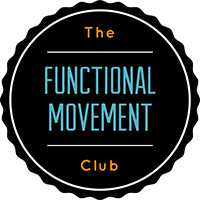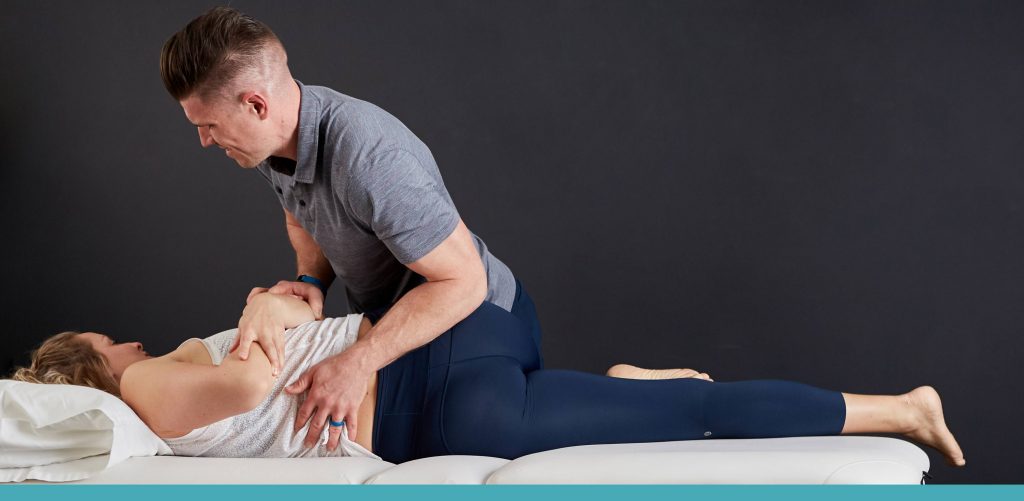
Prevent Surfing Injuries: Surf Longer And Stronger
Surf Pain-Free For Longer.
As a surfer myself I know how frustrating it can be to have an injury keeping you out of the water. So, I thought I’d fill you guys in on the kind of injuries surfers can typically experience and share a few tips and exercises to improve your technique and prevent surfing injuries.
Why You Get Sore Surfing.
There are two main ways that surfers get injured. The first is injuries to the low back, hips, knees, and ankles that occur while doing a turn or bottom turn. The second involves injuries to the neck, low back, and shoulders from paddling.
Now to the important stuff, why do you get injured surfing? The simple answer is that if an injury occurs, it’s because your body isn’t strong enough to cope with the loads you’re putting on it. See The Reason For Every Injury You’ve Ever Had, In One Blog for a great rundown on why you hurt yourself.
What Your Body Really Does When Surfing.
Your body does pretty similar movements whether you’re on a shortboard or a longboard. Basically, it’s not the board you’re surfing, but how you’re surfing it that’s causing your pain.
Poor paddling form puts extra pressure on your neck, low back, and shoulders. While paddling you arch your whole back and use your shoulders and arms to drag you forward, which wastes more energy paddling and takes away from your ability to paddle into a wave.
Using your belly while paddling is going to take the stress off of your lower back and means you don’t have to crank on your neck so much. Breathing into your board through your belly helps protect your back and create a more natural curve. This means your neck doesn’t have to work so hard and allows you to use your bigger muscles (such as your lats) to do the paddling. Using the right muscles at the right time keeps you in the surf longer without getting stiff and missing out on a good set. It also helps prevent surfing injuries.
What Should be Working When Surfing To Prevent Surfing Injuries?
Body saw planks are a great exercise to help you feel what muscles should be working when paddling, then it’s just a matter of getting those muscles working when out in the surf.
Stop Overreaching when Paddling.
Another thing you’re probably doing when paddling is overreach with your stroke. When it comes to paddling, slow is smooth, and smooth is fast. Overreaching makes long paddles less energy-efficient and burns out your shoulders. Instead, stay tight when paddling and keep your belly tight and pull through the lats and core rather than the shoulder. Like in the video below.
Turn Better and Harder.
The final piece to work on is good hip stability so you can make tight turns. The reason your lower backs, knees, or ankles get sore whilst turning is that you’re probably using your quads and lower backs to do your turns.
Sharing the workload between your hips and bum will result in more stability in your hips and knees as well as taking some load off of your lower back while turning (It will even help with balance and a quick pop up).
Single leg squats are the perfect exercise to help you generate explosive power while turning, and increase the strength and robustness of your knees, lower back, and hips — all areas that are super important for executing a safe and powerful turn.
Once you feel comfortable doing these, you can progress yourself by doing them on an unstable surface (start with a soft foam block or a folded towel). Unstable surface training translates well to surfing and increases your balance and reactive stability. The video below will show you how to do a single leg squat and what you should be feeling when turning in the surf.
Lastly, make sure you’re getting adequate recovery between surfs. Active recovery between the days you’re surfing (such as yoga or walking), 7 to 8 hours of good sleep, and a balanced diet will all help you fully recover from your surfs and minimize your risk of injury.
The Key Takeaways:
- Get your Belly pulling its weight to take the pressure off your lower back, neck, and shoulders.
- Don’t overreach on your stroke when paddling. Keep everything tight: Slow is smooth, and smooth is fast.
- Work on single leg stability to improve balance and turning.
- Make sure you are keeping moving between surfs.
This will help keep you out in the surf for longer and most importantly prevent surfing injuries.





